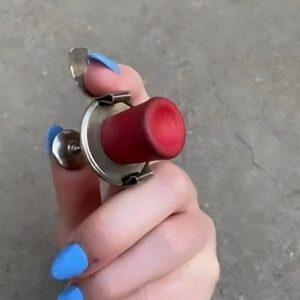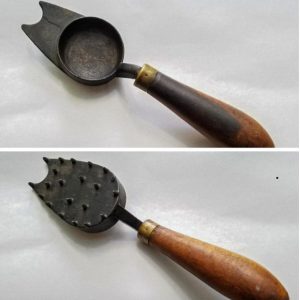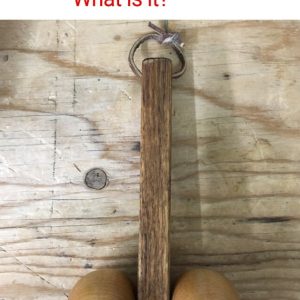There was a time when nearly every cyclist knew how to use the Bicycle Freewheel Cassette Hub Removal Tool. Long before advanced gear systems and sleek modern hubs, this tool was a staple in workshops and garages across the world. It wasn’t just another gadget; it was the key to unlocking one of the most important components of a bicycle—the freewheel. Without it, maintaining or repairing multi-speed bikes would have been nearly impossible.
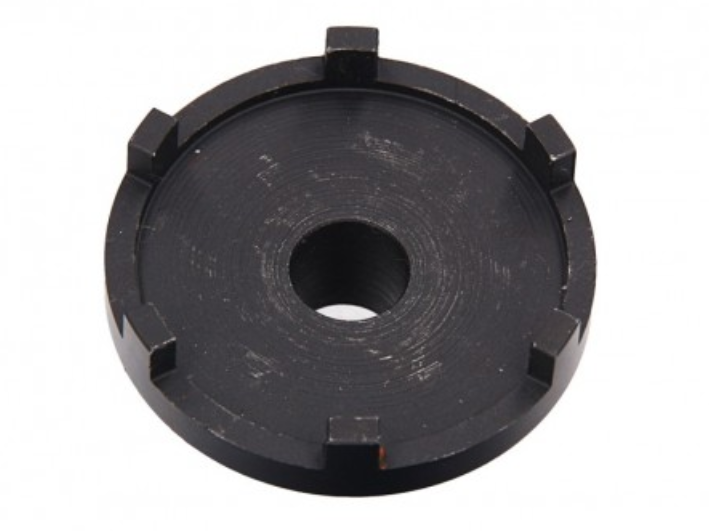
The Rise of the Freewheel Mechanism
As bicycles evolved in the early 20th century, so did the needs of riders. The invention of the freewheel mechanism changed everything. Instead of forcing riders to pedal constantly, it allowed the rear wheel to keep spinning while the cyclist coasted. By the 1930s, freewheels became standard on multi-speed bikes, making cycling smoother and more efficient.
But innovation came with new challenges. The freewheel design was intricate and required precise maintenance. Cyclists and mechanics quickly realized they needed a specialized tool to remove, repair, and replace this vital part. That need gave birth to the Freewheel Cassette Hub Removal Tool.
Video: Determining Cassette/Freewheel Type & Tool
How the Tool Worked: Precision Meets Practicality
At first glance, the tool looked simple—just a small, notched piece of hardened steel. Yet its design was brilliantly practical. It engaged perfectly with the splines or notches of a freewheel, allowing it to be unscrewed from the hub.
The process wasn’t always easy. Mechanics often used chain whips, vices, or wrenches to hold the wheel in place while applying force to the tool. Stubborn freewheels sometimes required muscle and patience, but the tool made what was once a daunting task manageable.
Every detail mattered. If the tool didn’t align perfectly, damage to the freewheel or hub was almost guaranteed. That’s why these vintage tools were crafted with incredible precision and durability—usually from strong, high-quality steel that could handle years of heavy use.
Why Freewheel Maintenance Was Crucial
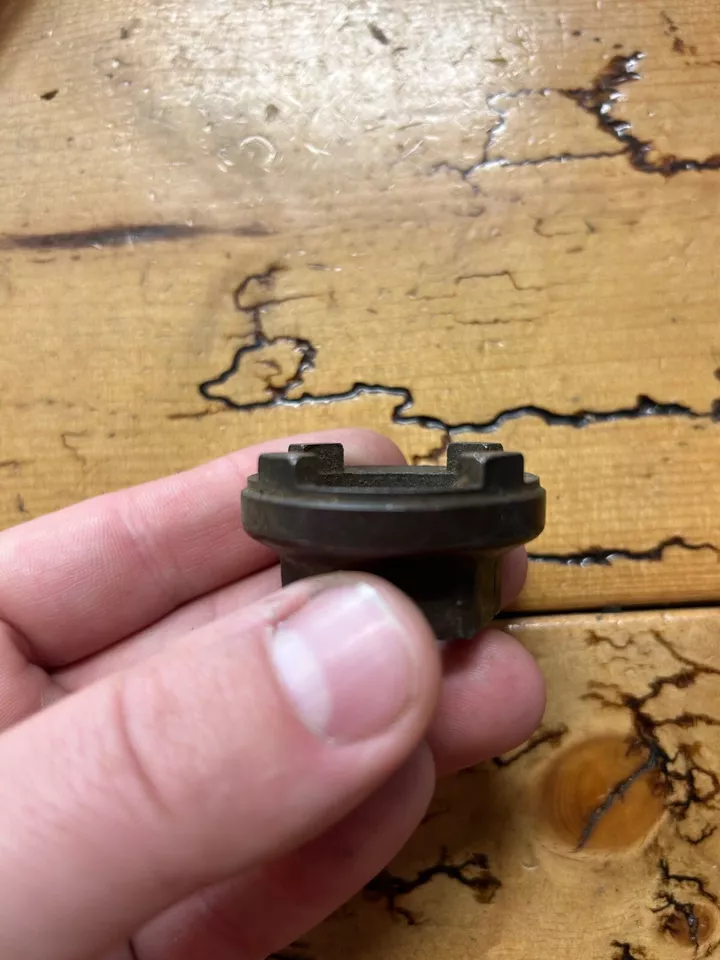
A bike’s freewheel wasn’t just another part—it was the heart of smooth gear shifting and coasting. Without proper maintenance, cyclists risked slipping chains, grinding gears, or worse, losing the ability to ride efficiently. The Freewheel Cassette Hub Removal Tool empowered riders to take charge of their own bike upkeep, saving time, money, and frustration.
This tool represented independence. With it, amateur cyclists didn’t need to rely solely on professional mechanics. They could remove, clean, lubricate, or replace their freewheels at home, keeping their bikes in top condition for every ride.
Evolution of the Tool with Bicycle Technology
As bicycle technology advanced, freewheels gradually gave way to cassettes and freehub systems. The design of removal tools adapted as well. Modern tools may look sleeker, but their DNA can be traced directly back to the vintage freewheel removal tool. The principles of secure engagement, strength, and precision remain the same.
This evolution highlights the lasting impact of the original design. The old tools weren’t just temporary fixes; they set the foundation for decades of cycling technology and maintenance practices.
A Collector’s Treasure
Video: How to Remove Vintage FREEWHEEL | Correctly Unassembly
Today, vintage Freewheel Cassette Hub Removal Tools are prized among collectors and cycling enthusiasts. They’re admired not just for their practicality but also for what they represent: craftsmanship, durability, and a deep connection to cycling’s golden age.
Many of these tools remain fully functional, a testament to their build quality. Their heavy steel construction and meticulous design have allowed them to outlast countless bikes. For collectors, owning one is like holding a piece of cycling history in their hands—a tangible link to a time when cycling required as much mechanical skill as it did stamina.
Vintage Tools in a Modern Cycling World
Even though modern bikes no longer rely on threaded freewheels, vintage tools still hold meaning. They remind us of an era when riders and mechanics worked with their hands, relying on knowledge and skill instead of advanced technology. They symbolize the artistry of problem-solving in a simpler time.
For many cyclists, seeing or owning one of these tools sparks nostalgia. It recalls memories of learning how to fix bikes with parents or local mechanics, of getting greasy hands in the garage, and of building self-reliance through hands-on work.
Conclusion: A Timeless Legacy in Cycling History
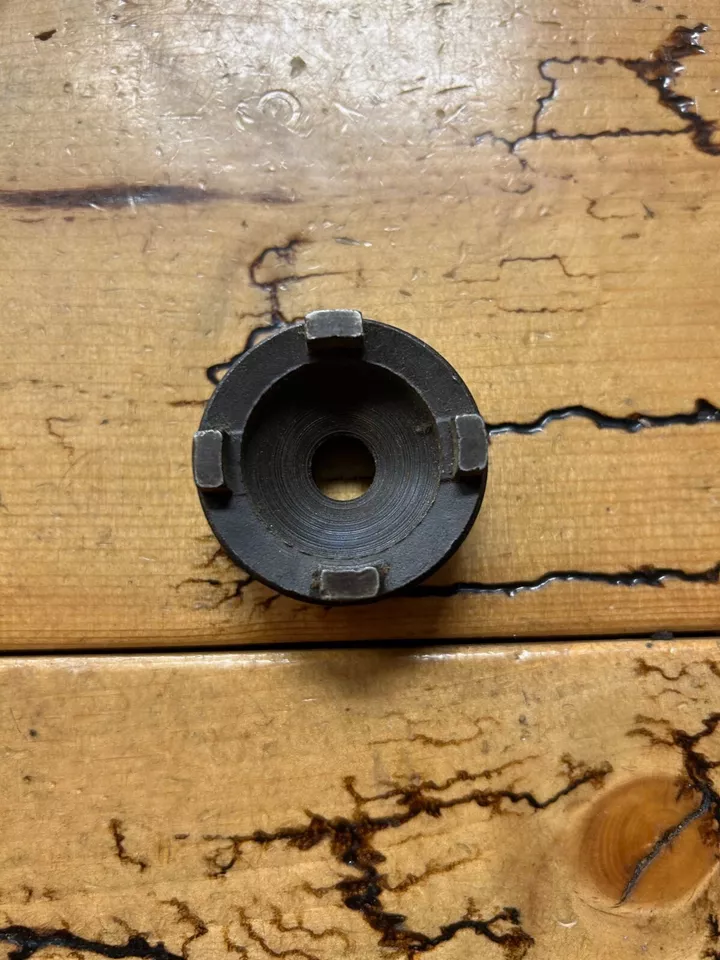
The vintage Bicycle Freewheel Cassette Hub Removal Tool is far more than a piece of metal—it’s a symbol of cycling’s evolution and the ingenuity of past generations. It empowered riders to care for their bikes, supported the growth of multi-speed cycling, and set the standard for modern maintenance tools.
Though new technologies have replaced the need for it, the legacy of this tool lives on. For collectors, enthusiasts, and anyone who values craftsmanship, it remains a treasured reminder of how far cycling has come—and how a simple tool once played a pivotal role in shaping the sport we love today
